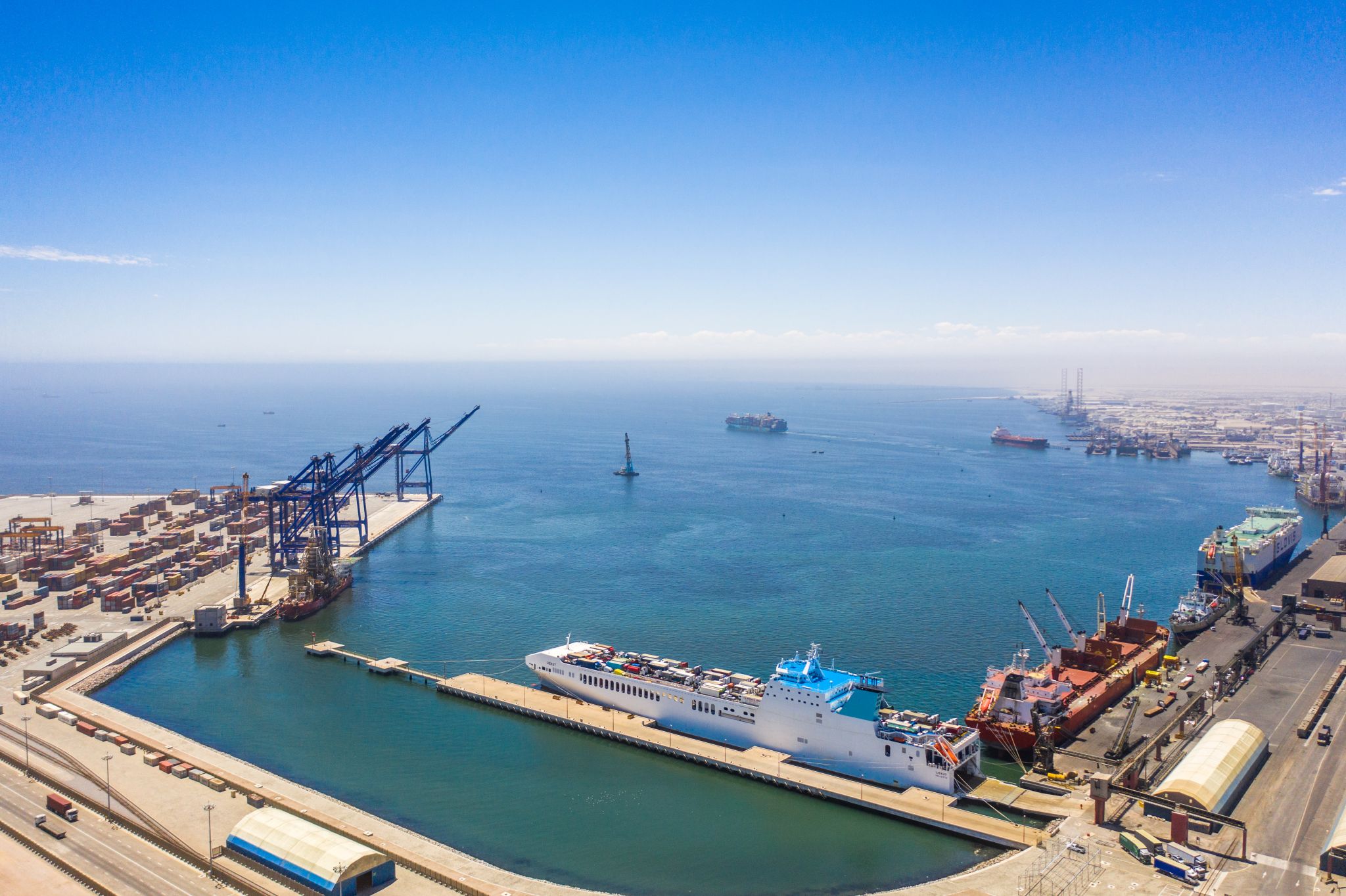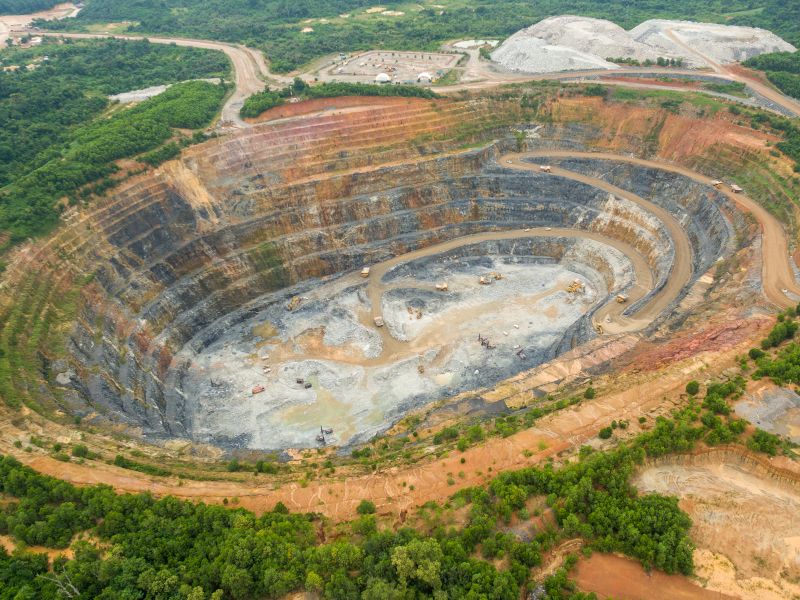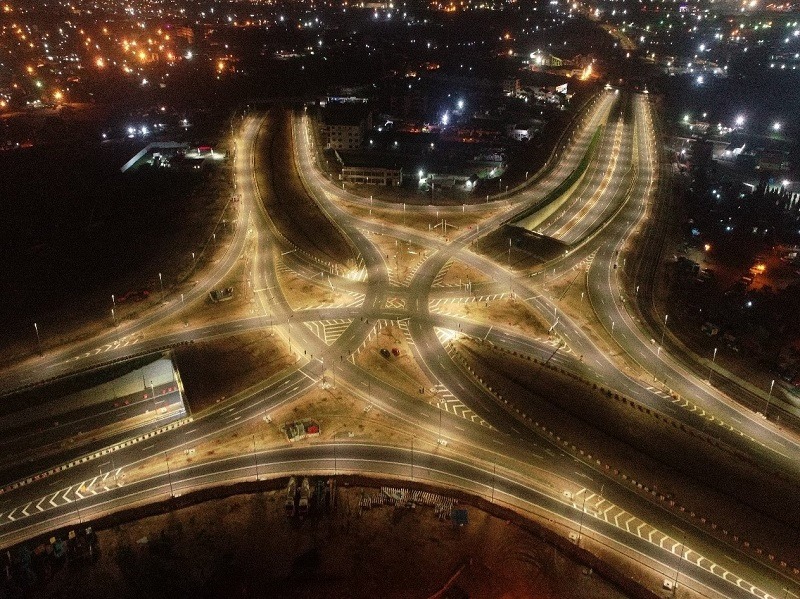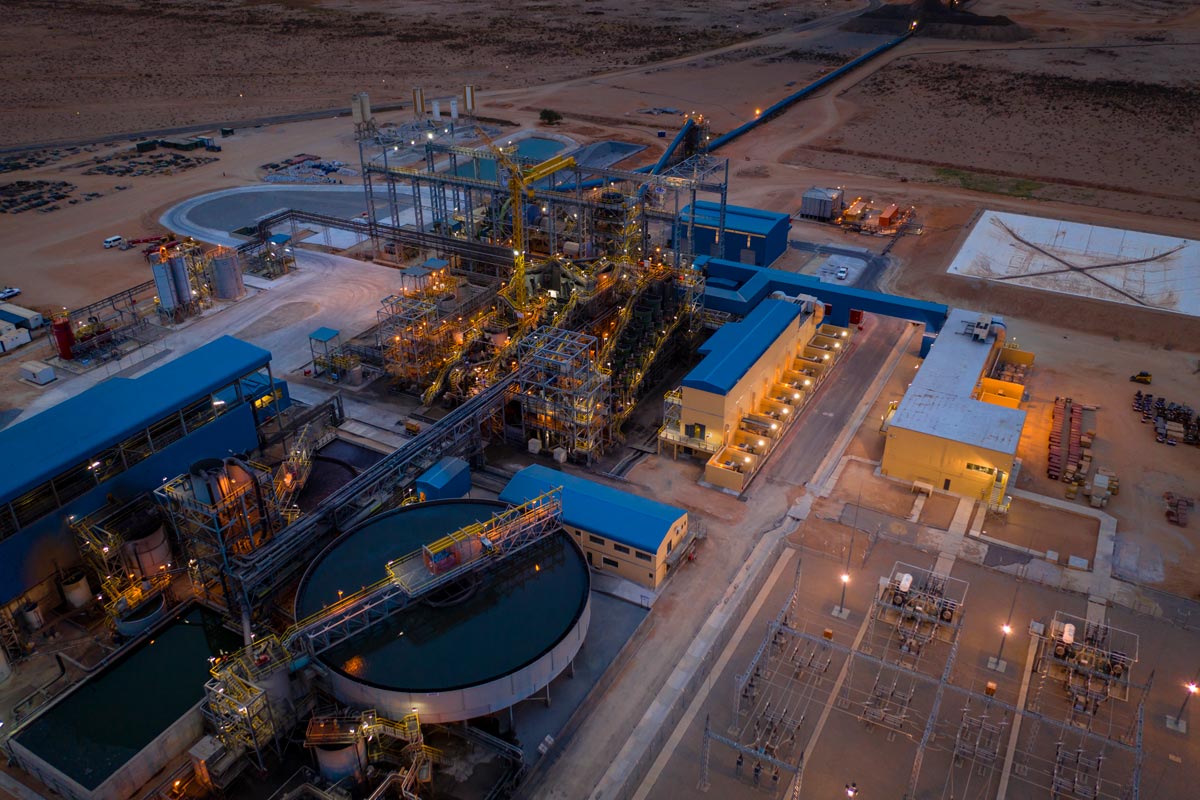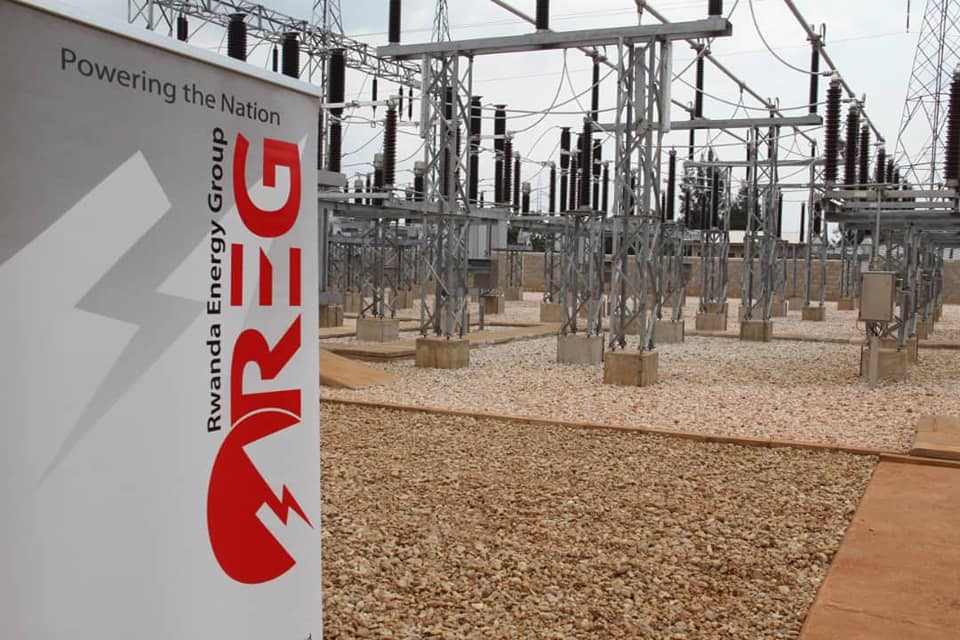
The remarkable progress made by Rwanda’s electricity sector since the turn of the millennium provides a true case study for other developing countries to learn from. World Bank figures show that just 6.2% of the Rwandan population had access to electricity in 2000, and now, according to Rwandan government data, that figure has surpassed 65%. The government’s vision is for 100% of the population to have access by 2024.
DOWNLOAD
 BE-REG-MAG-2022.pdf
BE-REG-MAG-2022.pdf





